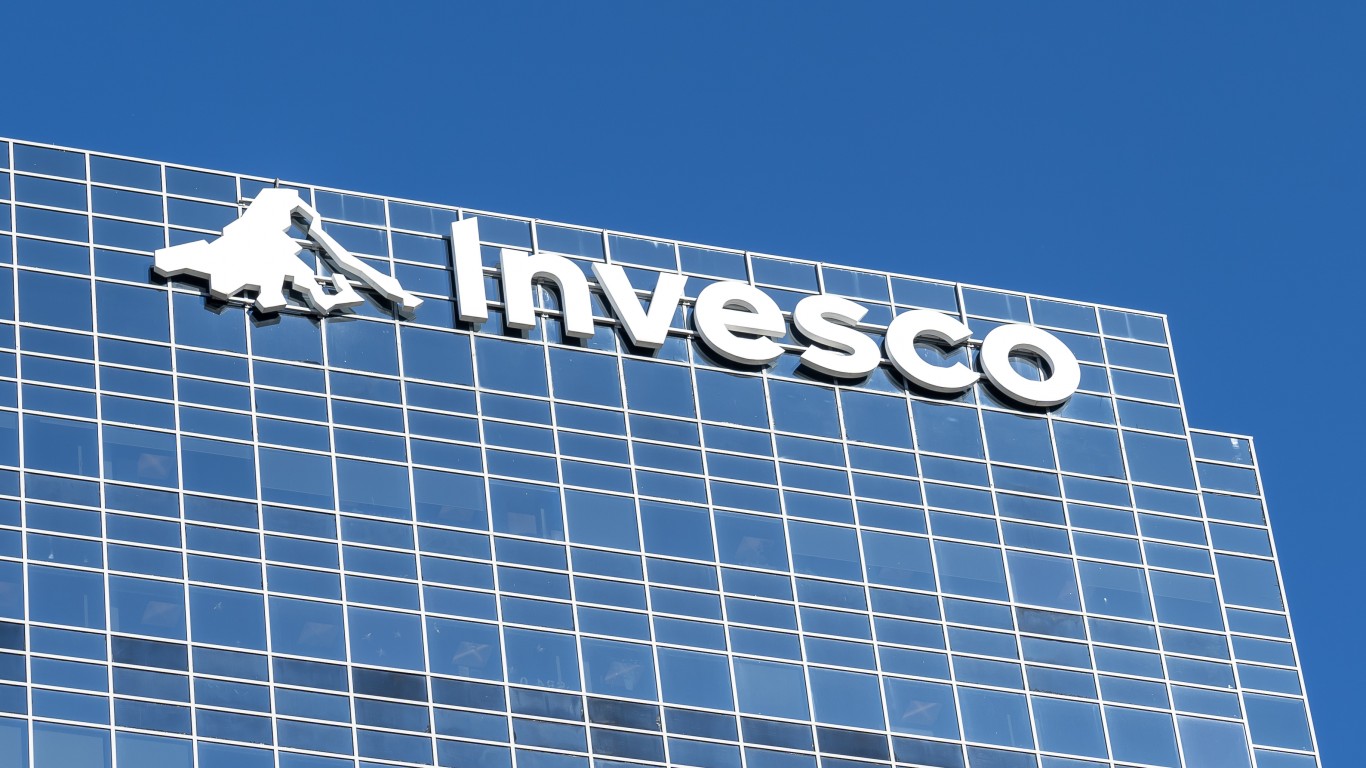
Walgreens (NASDAQ: WBA) has experienced a significant decline in 2023, with shares down over 55% year-to-date, trading at levels last seen in 1998. The company faces challenges, including underperforming stores, pressure from pharmacy benefit managers (PBMs), and a $5.8 billion write-down from an overpaid acquisition. Despite these issues, Walgreens continues to grow revenue modestly and maintain positive same-store sales growth. Investors might find potential if new leadership can execute a turnaround strategy, similar to successful rebrands by companies like Domino’s (NYSE: DPZ).
Transcript:
Austin, you looked at the year-to-date returns for companies in the S&P 500 and found some notable, well, notable standouts, I should say, because everyone is looking at Nvidia and its returns have been incredible.
But what does the other side of the ledger look like? Because one stock that’s been in the news this week is Walgreens.
And I think when you look at how much its shares have collapsed, it’s going to astound some of the viewers today.
Yeah, you know, Walgreens, in many cases, it’s a brand that’s got a lot of consumer recognition. It feels like a stalwart company.
But when you look at shares, they’re actually down over 55% year-to-date. And we’re only halfway through the year. I mean, you know, we’re only roughly six months through the year. So this company has been plagued by a variety of troubles.
And, you know, shares trade today. Eric, get this. Shares of Walgreens today trade at the same level they did in 1998. That is incredible.
So let’s look at the battery of issues that have been plaguing the stock lately. And let’s continue to downgrade the stock on performance.
The company just announced that it was closing most of its underperforming stores. I believe they revealed that 75% of their stores drive 100% of their profit, which would imply that they’re going to be closing up to 20% to 30% of their stores that are unprofitable.
It’s also just a challenging time to be a pharmacy. So if you look at the dynamics of the industry, pharmacies like Walgreens get reimbursed by pharmacy benefit management companies, or PBMs, and their job is to negotiate prices for the health insurance provider.
So these three big PBMs in the marketplace today now control about 80% of the market and have been pushing down reimbursement rates for companies like Walgreens.
And then, of course, Walgreens also had some self-inflicted wounds, so to speak. They bought a large stake in VillageMD, which itself was acquiring various medical groups to expand.
So it’s just, you know, compounding problems here. And Walgreens ended up taking a $5.8 billion after-tax goodwill write-down here and just had to make the admission that they greatly overpaid for this business.
So, you know, frankly, I did a little boots-on-the-ground research and went into a Walgreens and thought to myself that it actually doesn’t feel like a pharmacy at this point. It looks like their closest competitor is actually a 7-Eleven. It’s more like a convenience store than a pharmacy.
So the company appears like they’ve got a little bit of an identity crisis going on. Now, for investors today wondering if this is an opportunity, shares certainly look cheap. They’re about a $10 billion company today.
They may pay an 8% dividend, but let’s be clear, with this current environment, that dividend will almost certainly be cut, if not eliminated entirely. The company hasn’t been profitable since 2022, but revenue does continue to grow, albeit modestly.
So that’s something you do like to see. They do have some positive same-store sales growth and about a 20% gross margin. And on a valuation basis, they’re trading for about book value.
So look, in sum, what’s going on here? We’ve got a large company that made a poor acquisition. They’ve got some underperforming, unprofitable stores, and there’s difficulties in the pharmacy space when it comes to reimbursements.
But it feels like if there’s good, strong leadership at the helm of Walgreens and they do a two- to three-year sort of rebrand, rework, I think of what Domino’s famously did when they admitted that their pizza didn’t taste that good and their stock has responded incredibly positively since.
If we can have that same sort of strong leadership and strong repositioning here with a refresh and a facelift and refocusing on their profitable 75% of stores that do make money, the shares could be worth picking up today.
Yeah, I think, Austin, that’s a great point that we see retail as challenging, but there are some companies that have had struggles. You mentioned Domino’s, but even Target at times looked very low and managed to rebound off the bottom.
So I think if investors are out there looking for a play that maybe has some upside, as you said, if management can really execute here, there is potential.
The Average American Is Losing Momentum On Their Savings Every Day (Sponsor)
If you’re like many Americans and keep your money ‘safe’ in a checking or savings account, think again. The average yield on a savings account is a paltry .4%1 today. Checking accounts are even worse.
But there is good news. To win qualified customers, some accounts are paying more than 7x the national average. That’s an incredible way to keep your money safe and earn more at the same time. Our top pick for high yield savings accounts includes other benefits as well. You can earn up to 4.00% with a Checking & Savings Account today Sign up and get up to $300 with direct deposit. No account fees. FDIC Insured.
Click here to see how much more you could be earning on your savings today. It takes just a few minutes to open an account to make your money work for you.
Thank you for reading! Have some feedback for us?
Contact the 24/7 Wall St. editorial team.





